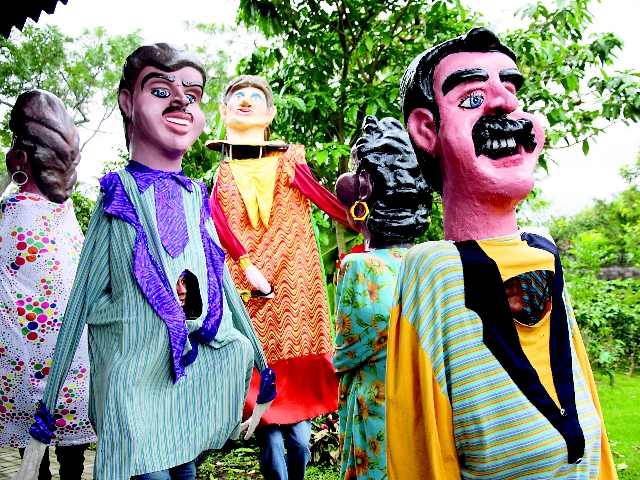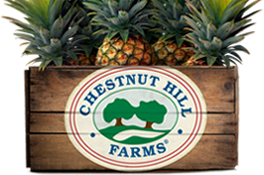
From Parades to Papier Mâché Masks, Here’s How to Celebrate Halloween the Costa Rican Way
Halloween may be the best-known holiday held on the 31st of October, but in Costa Rica we have our own traditions. Día de la Mascarada, or Day of the Masquerade, is an annual celebration that blends Spanish and Costa Rican tradition into a unique holiday. With Costa Rican music playing and costumed characters dancing through the streets, the day is full of festivities – and a few spooks, too.
The Origin of Día de la Mascarada
As an attempt to maintain national culture and tradition, Costa Rica’s Ministry of Culture established Día de la Mascarada as an official holiday in 1996. Masked parades had been waning in popularity for years, spurred on by the growth of American Halloween traditions. Happily, the Ministry’s attempt was successful, and parades are now held throughout the country each October 31st.
Although Día de la Mascarada wasn’t recognized as an official holiday in Costa Rica until about 25 years ago, its origins reflect traditions that have existed for hundreds of years. Inspired by Carnivale, brought to Central America by the Spanish, the celebration involves plenty of parades, costumes, and music. Costa Rican folklore plays a role here too, often inspiring the costumes that are worn on the day.

The Stories Behind the Masks
Lending their name to the day, masquerades, or costumes, are a key part of the event. Traditionally, the costumes include oversized heads, or masks, and are created by talented local artists. These masks can sometimes take up to a month to complete and are built of papier mâché laid overtop clay molds. Once dried, the artists pain the masks in vibrant hues, bringing to life a variety of colorful characters. Most often, these designs are inspired by characters in folklore – both Spanish and Costa Rican – and frequently include devils, witches, and giants. You may also spot a few politicians or national figures in the mix as well.
The Parades
Once the masks are complete, it’s time for participants to don their masquerades and dance through the streets. Accompanying them are Cimarronas, musicians who play traditional Costa Rican music. More impressively, Cimmaronas are traditionally self-taught – this feature inspired the name, which comes from the Spanish word “cimarrón,” meaning wild.
Don’t expect this parade to be just for watching, either. Onlookers will quickly become part of the show as costumed participants look to scare or chase them for a bit of fun. It’s all part of the Día de la Mascarada spirit!
For more fun facts about pineapples, Costa Rica, and more, be sure to sign up for our newsletter today.


